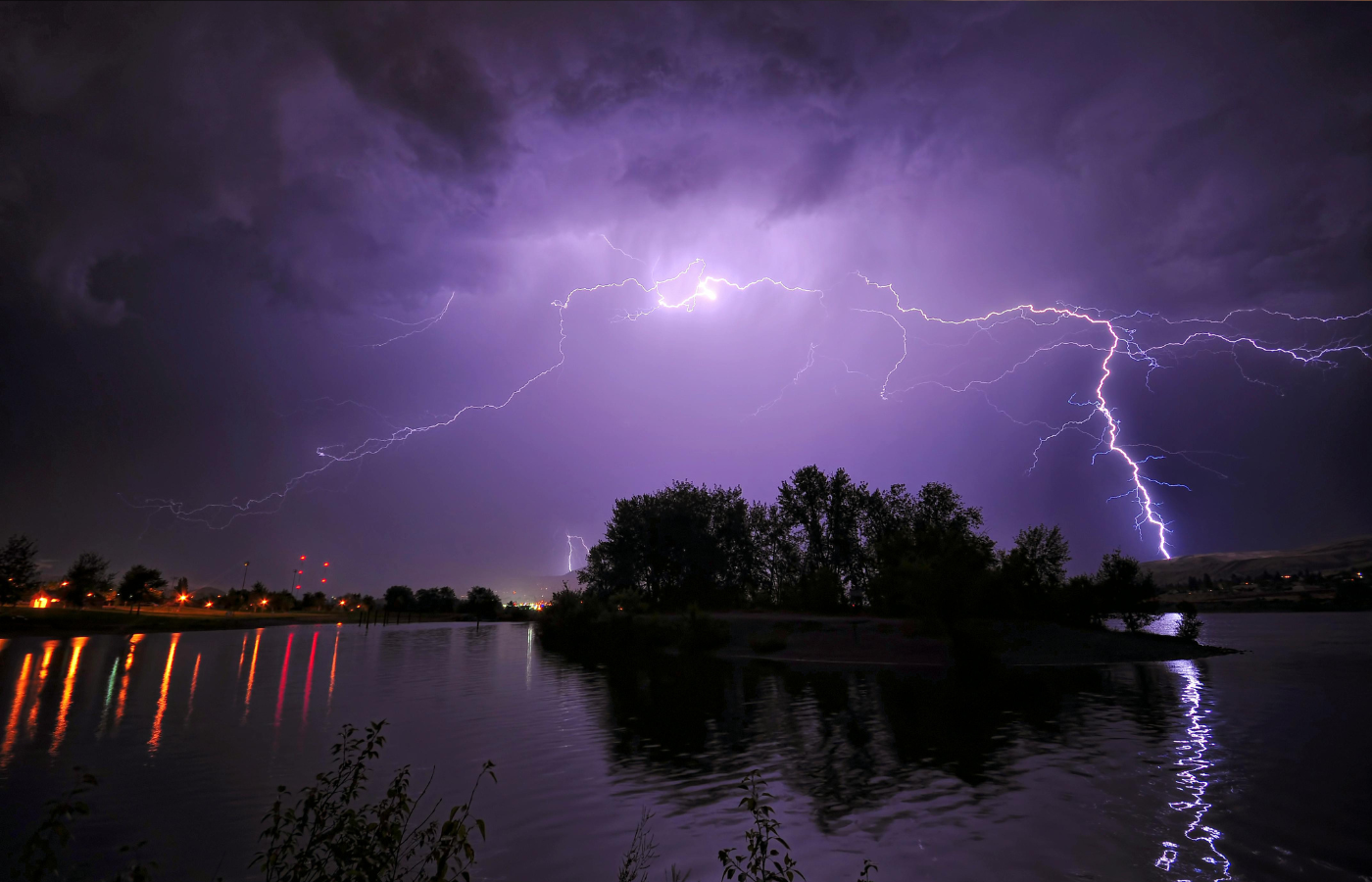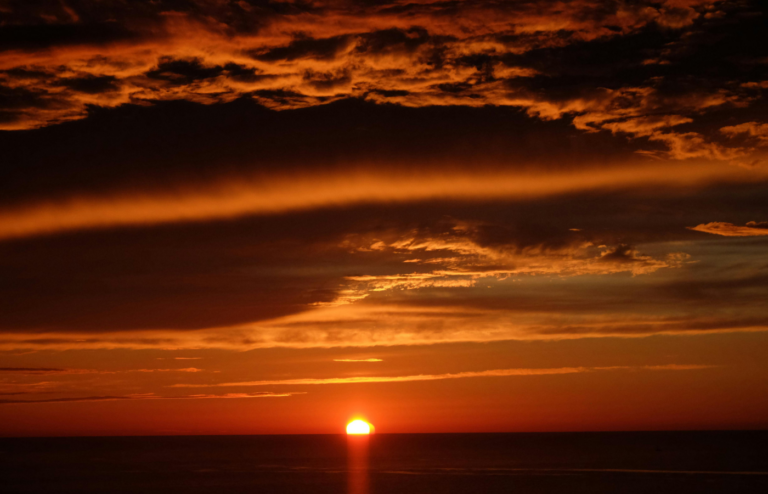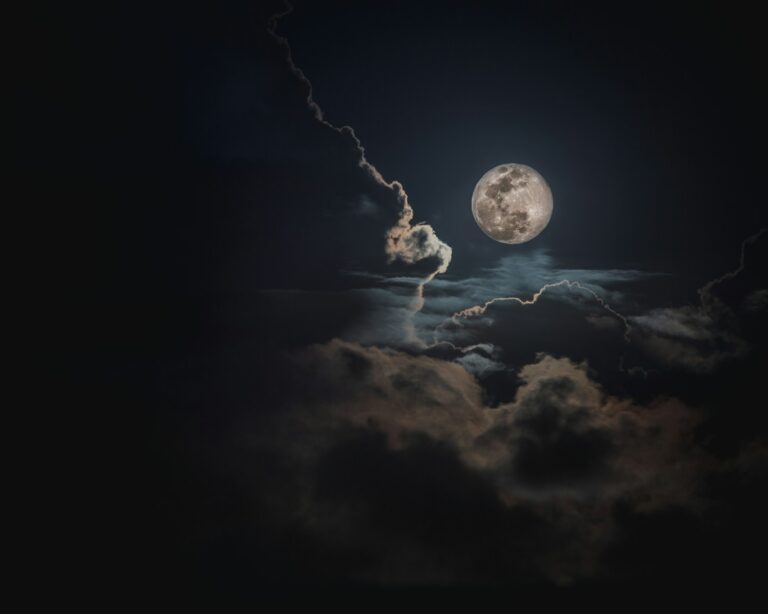Weather is one of the most studied forces on Earth. Satellites track it. Supercomputers model it. Meteorologists devote careers to it. Yet, despite all this effort, there are still parts of the sky we don’t fully understand.
From mysterious flashes of light to sudden, violent winds, some weather events continue to puzzle scientists. These phenomena remind us that Earth’s atmosphere still holds secrets waiting to be uncovered.
1. Ball Lightning

Ball lightning is one of the strangest and rarest weather phenomena, with glowing orbs floating through the air during thunderstorms sometimes flickering, humming, or even exploding. Scientists aren’t sure what causes it; theories range from plasma to optical illusions, but its unpredictability makes it hard to study.
2. The Morning Glory Cloud

This massive, tube-shaped Morning Glory cloud can stretch 600 miles and roll across the sky like a giant steamroller. It’s most commonly seen in remote northern Australia, but scientists still aren’t entirely sure what causes it. Shifting wind, pressure, and humidity all seem to play a role, but the full explanation remains a mystery.
3. Sprites and Blue Jets
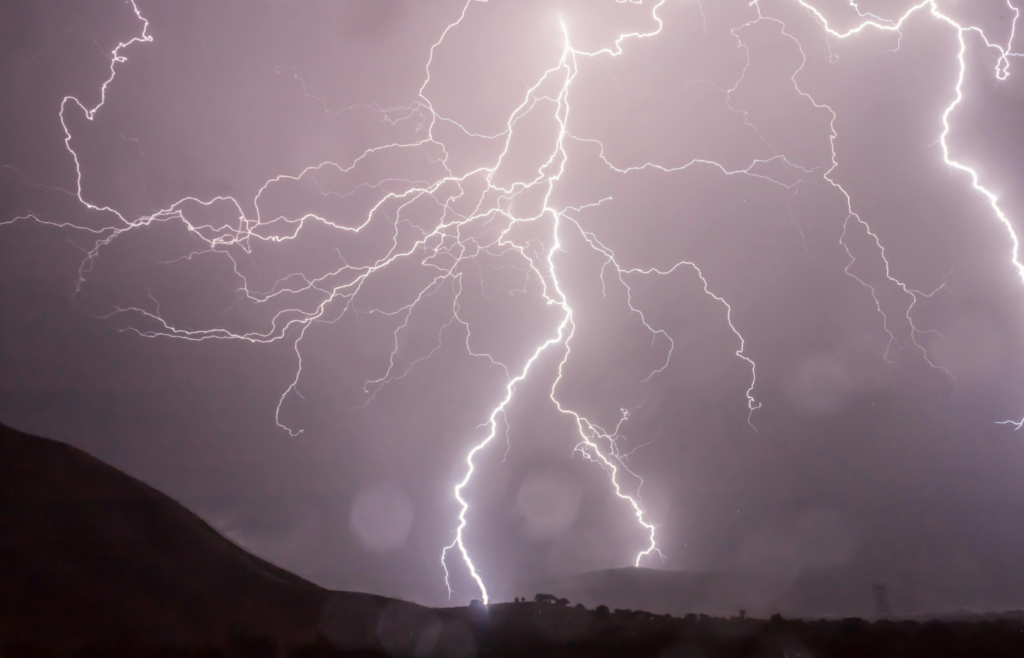
While most lightning shoots down, some flashes leap upward into the sky. Sprites and blue jet’s rare, colorful bursts above thunderstorms weren’t even captured on camera until the 1980s. Though scientists know they’re electrical discharges, their causes and effects are still not fully understood.
4. St. Elmo’s Fire
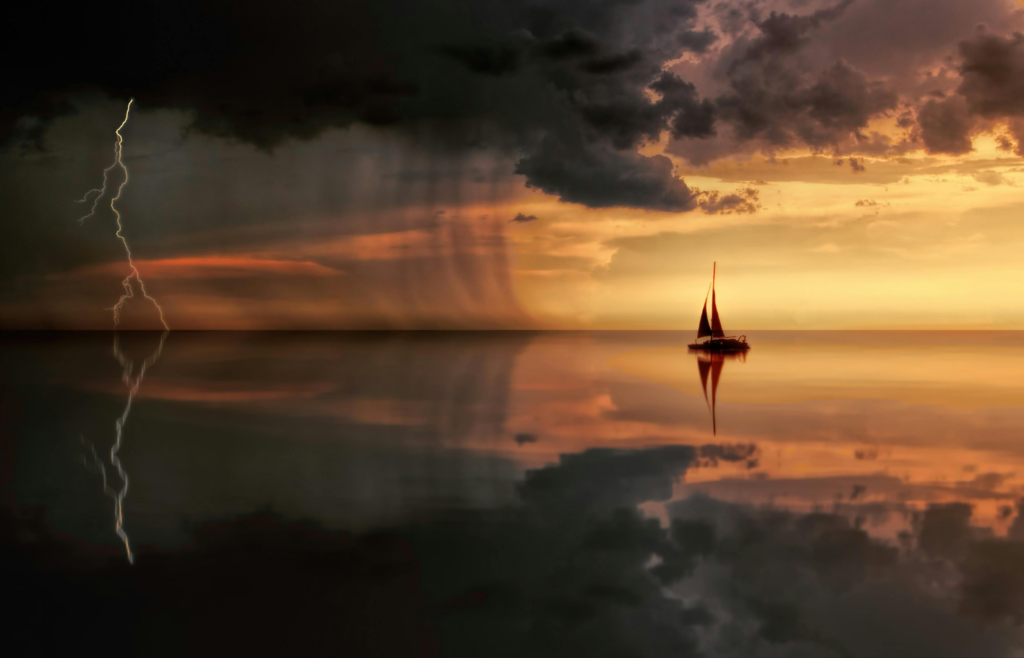
This glowing blue light, known as St. Elmo’s Fire, appears around tall, pointed objects during storms due to electrical charges in the air. It looks like fire but is actually a type of plasma and while we understand the basics, scientists are still exploring why it behaves differently in various storms.
5. Catatumbo Lightning
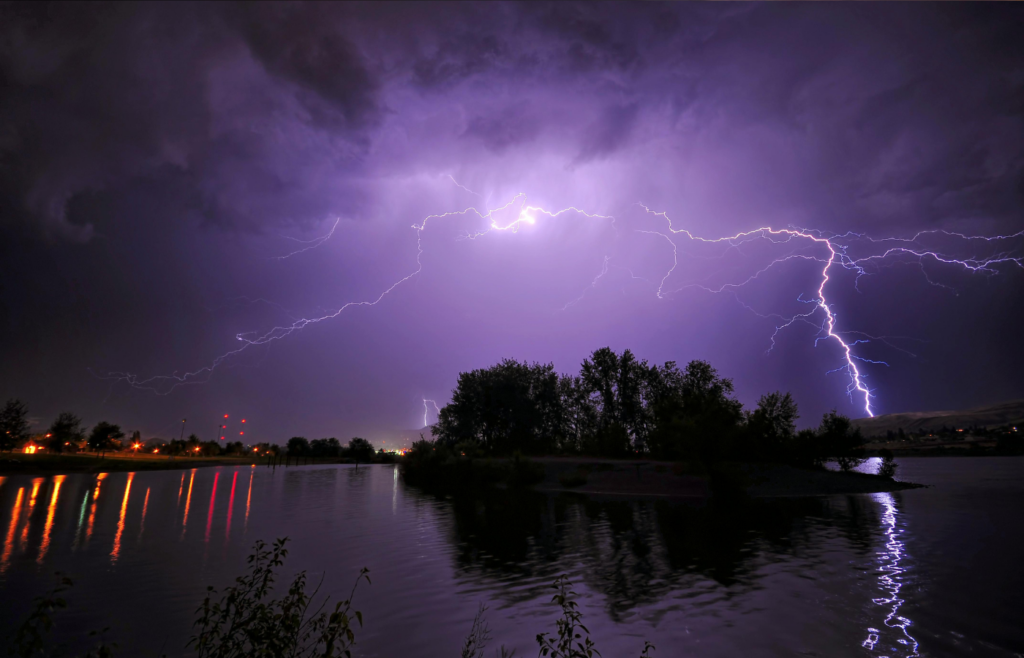
Over Venezuela’s Catatumbo River, lightning storms light up the sky almost nightly for months, often without audible thunder. Though scientists have studied it for years, the cause remains uncertain some point to methane levels, others to wind and terrain but it’s undeniably one of the world’s most intense lightning hotspots.
6. Ice Circles
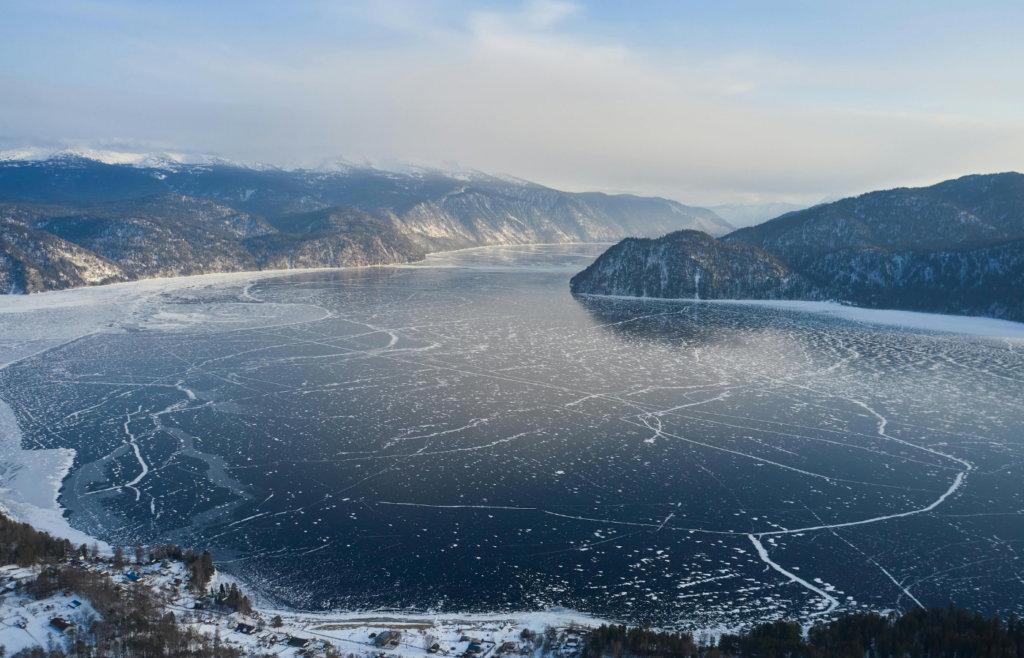
In winter, giant spinning ice circles—sometimes 50 feet wide—can appear in rivers and lakes, slowly rotating like frozen records. Scientists believe they form when swirling currents break off and spin thin sheets of ice, smoothing them into near-perfect circles. While the basics are understood, the exact conditions needed are still a bit mysterious, making these icy disks one of nature’s most intriguing oddities.
7. Sudden Stratospheric Warming

Occasionally, the Arctic stratosphere warms by 50°F or more in just days, disrupting jet streams and sending frigid air into places like the U.S. and Europe. Scientists link it to atmospheric wave patterns, but predicting these sudden stratospheric warmings remains a challenge highlighting how distant weather can impact us directly.
8. Heat Bursts
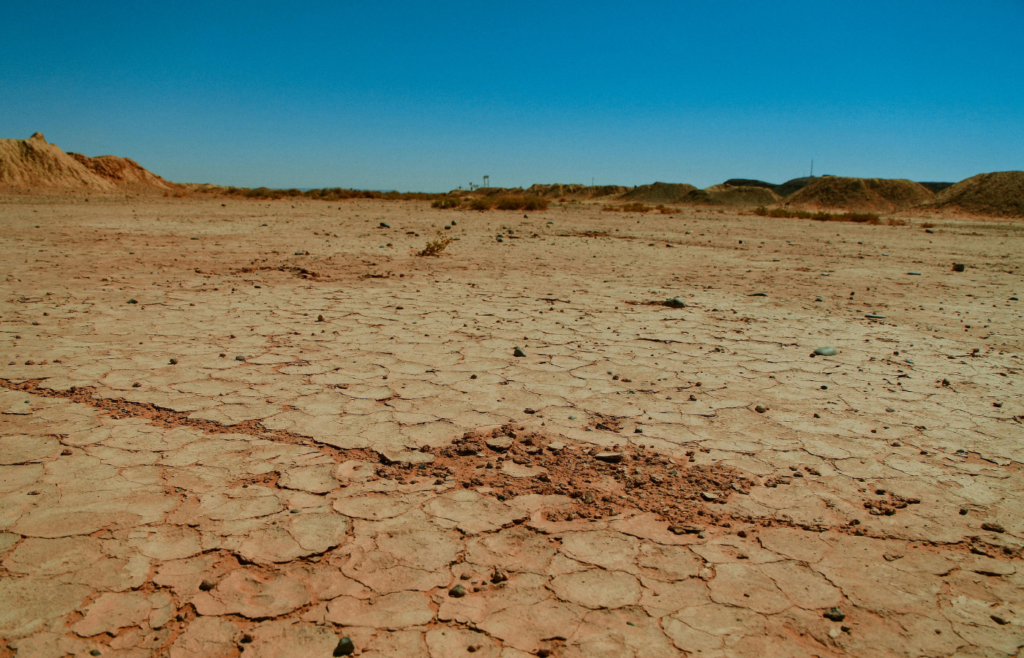
A heat burst is a rare weather event where, after a storm, temperatures suddenly spike and hot winds rush in sometimes raising temps by 20 degrees in minutes. Scientists think it’s caused by rain evaporating into dry air, but why only some storms trigger it remains a mystery.
Read More: Top 10 Items Every Home Should Have for Weather Emergencies
9. Atmospheric Rivers
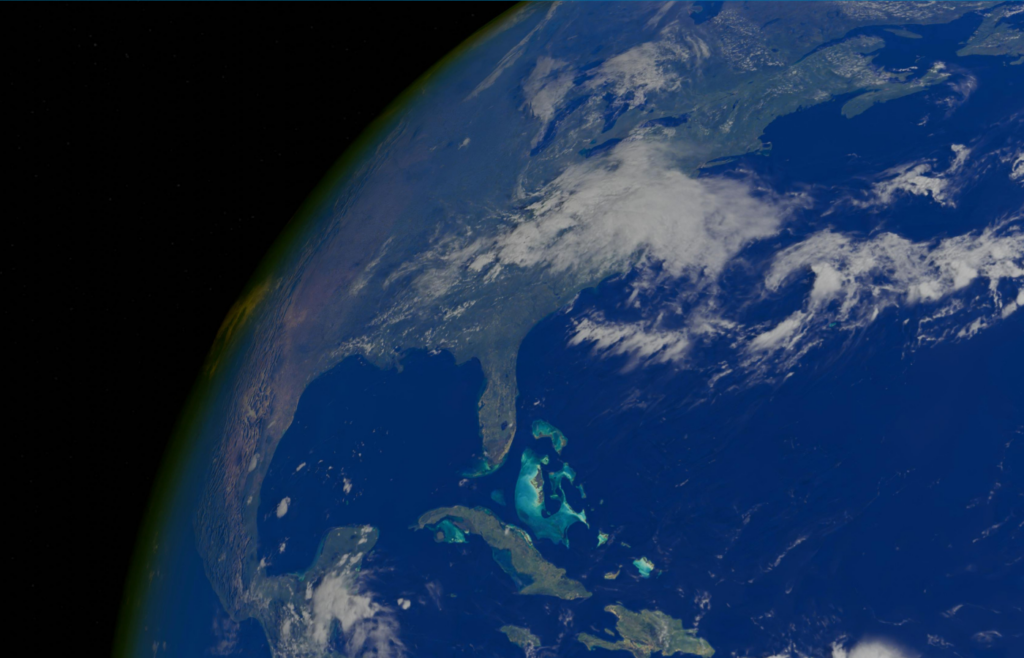
Atmospheric rivers are narrow bands of moisture in the sky that can bring days of rain or snow when they reach land especially in places like California during winter. While satellites can track them, predicting their strength is tricky, and scientists are still learning what triggers them and how climate change might amplify their impact.
Read More: Top 10 Ways Volcanoes Affect Global Weather
10. Hailstones of Unusual Size

Most hail is small. But sometimes, the sky drops icy stones the size of baseballs—or even bigger. These huge hailstones can crash through roofs, shatter windows, and cause serious injuries.
We know hail forms in strong thunderstorms, where updrafts keep ice circulating until it grows too heavy. But scientists still don’t fully understand what leads to giant hail. Every monster stone has its own story, and cracking the code could improve severe weather warnings in the future.
Want more weather mysteries? There’s a whole sky full of them. Stay curious.
Read More: Top 10 Reasons Yellowstone’s Supervolcano Keeps Scientists Up at Night

